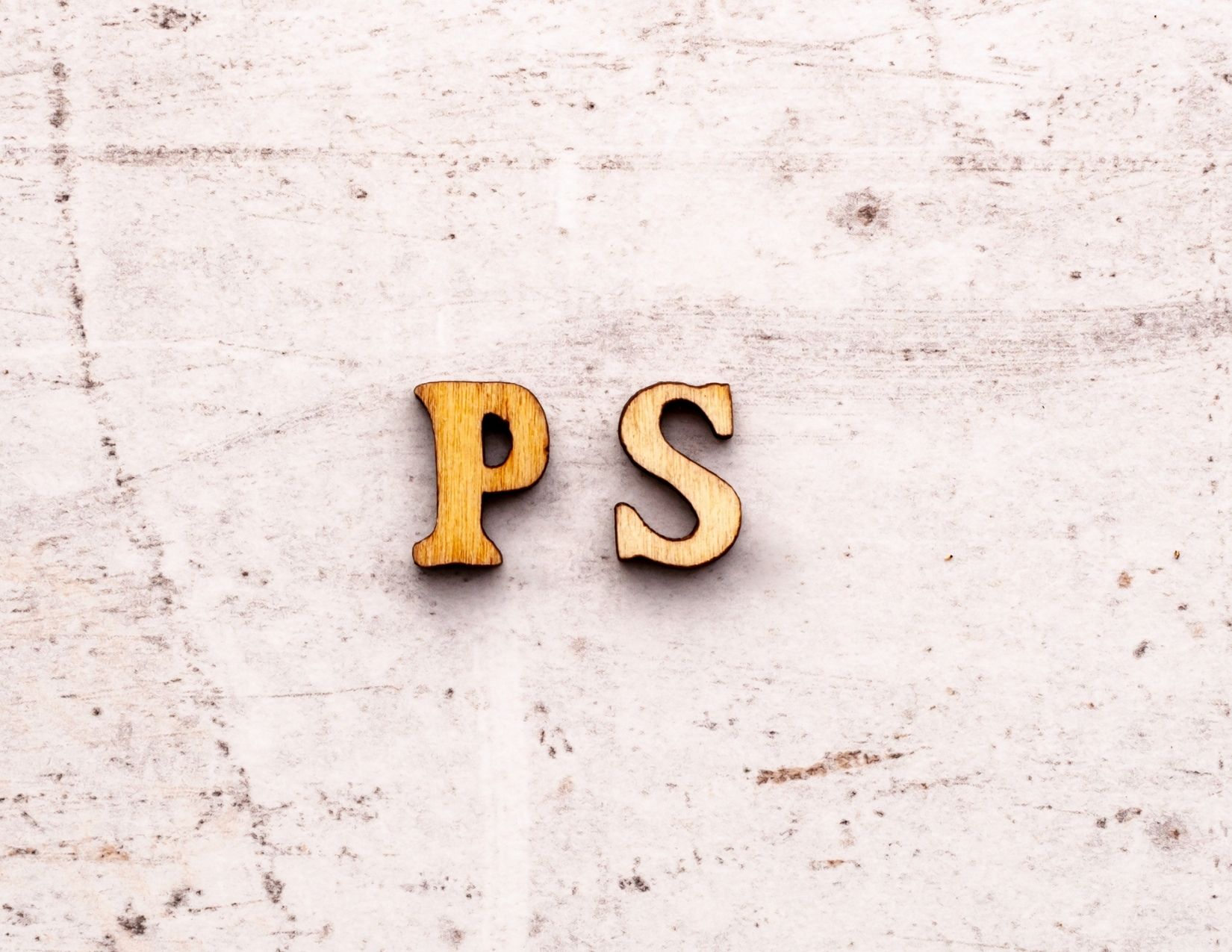Bcc stands for “blind courtesy copy.” It used to stand for “blind carbon copy.” Although carbon paper is rarely used these days to make copies of letters and memos, the second c in Bcc has remained, and Bccs are now a standard email delivery option.
When someone’s address is shown on the Bcc line of an email, other people cannot see that the person is receiving a copy of the message.
In a recent business writing seminar, an attendee shared a tale of how a Bcc had caused trouble. She herself had received a blind copy of an email, but–not realizing it was a Bcc–she responded “Reply to All.” That is how the man to whom the original email had been sent now recognized that she had received a copy of his email without his knowledge. Although she did not share details in the seminar, she said the Bcc caused bad feelings.
Another seminar participant told a story of a colleague who contacted him to express her sympathy about a difficulty he was having. The only problem was that the colleague should not have known about his situation. How did she know? She had received a blind copy of an email his manager had sent him. This was unwelcome news to him, and he felt betrayed.
Question: Given these hurtful situations, should we use Bccs?
Answer: No, as a rule we should not use them. But they can be helpful in certain cases.
For example, I send a blind copy to Michael, my partner in work and life, when I reply to an email from a potential new client. Michael needs to be aware of the communication so he can be knowledgeable if the client phones our office. But since the client does not know him and may not know anything about him, a Bcc makes sense. His name on the Cc line might raise questions rather than be helpful.
I also use Bccs to keep confidential the email addresses of recipients who do not know one another. The individuals can guess that I am writing to a group, but they don’t know who the others are and cannot contact them themselves. This approach often does not work well when it is used within a company. When recipients do not know who else has received an email, they may forward it to others who have already received it. Individuals have told me about receiving the same email five times or more from people around the company who wanted to be sure they received it.
Guidelines for Blind Email Copies
-
You may use a blind copy to your manager when (a) he or she has asked to be kept closely in the loop about a situation and (b) having his or name on the Cc line might intimidate or undermine the person receiving the email. You may also use this approach if a Human Resources or Personnel representative has asked you to do so.
-
Use a blind copy to your coworkers when you want them to have the details of a communication to a client or customer–when the client or customer might be distracted or confused by their names on the Cc line.
-
Avoid using blind copies for any “guilty” communication. A guilty communication is one in which you would feel guilty or embarrassed if the primary recipient of the email were to find out that you had sent it to others. Any time a little voice tells you that you may regret sending blind copies, don’t do it!
-
When you need other people to know about a situation but you know that the primary recipient would be upset about those people receiving a Cc or Bcc, instead email a summary of the information to others. Then if the primary recipient asks, “Did you copy anyone on this message?” you can honestly say no. But you can add, “However, I did need to summarize what happened for Ms. X and Mr. Y, so they would be aware of the situation.”
- Never use blind copies to damage another person’s reputation.
Those are my best practices for Bccs. What are your ideas? Please share your comments, suggestions, and experiences.
Lynn






